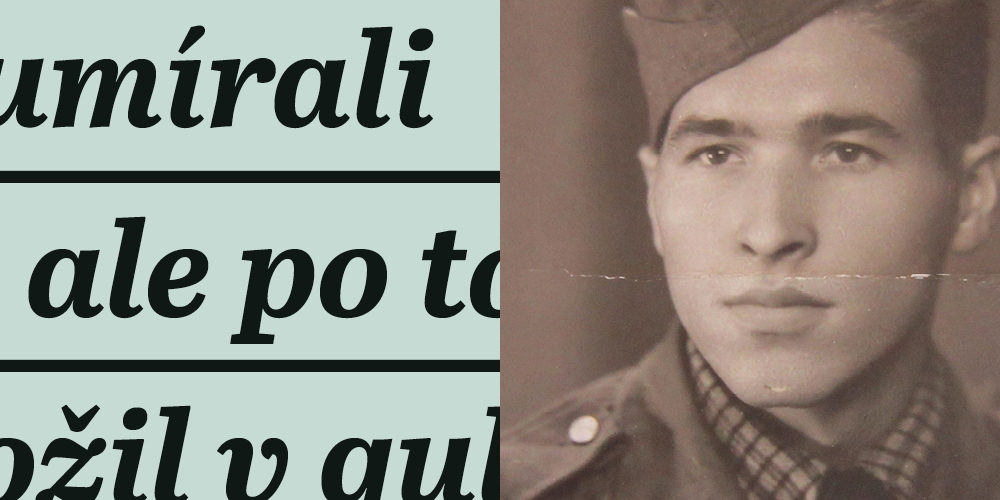
After Vasil Coka was expelled from lyceum in Chust after the Hungarian occupation of Subcarpathian Rus in 1939, he tried to escape to the Soviet Union.
“We didn’t know anything. My dad was a communist and he had some leaflets hidden in the attic. I found them and from them I learned that it was different in the Soviet Union, that it was good there.”
He dreamed that he would be able to study in the land of the Soviets, but instead he ended up in correctional labor camps.
“In the gulag, I didn’t wish for anything anymore. I just wanted to get to the interior and die there right away. There was no friendship there. Everyone was on their own. Within six months to a year, one stopped thinking and became an animal. An unthinking person,” Vasil Coka recalls of his three years in the gulag.
He was only liberated by the formation of Czechoslovak military units in the Soviet Union, where he was called up in February 1943. He then went through many battles spanning from Kiev to Moravia. Just before the end of the war he suffered a punctured lung and stomach during the liberation of Bystřice pod Hostýnem.
In 1947, Vasil Coka was discharged from active military service due to persistent health problems. He was given a kiosk, but the communists nationalized it and demoted him to a Private as someone untrustworthy. “I was happy that I was not in prison and that the NKVD did not drag me off to Siberia like several of my friends.”
Liberation
Nazi Germany was defeated in the Second World War by the determination, bravery, and combat deployment of soldiers from the United States, Great Britain, Poland, France, the Soviet Union, and other countries and nations. But the Soviet Union, led by the dictator Stalin, did not join the Allies until it itself was attacked by the Nazis in June 1941. Until then, the USSR had acted as a partner of Nazi Germany in the spirit of the Molotov-Ribbentrop Pact concluded shortly before the outbreak of the war. At that time, when tens of thousands of Czechoslovaks fled from the Nazis to the USSR, they often ended up in gulag labor camps. The Red Army did not enter the war until the summer of 1941 after Nazi Germany had invaded.
The Soviet Union deployed over six million soldiers to the Eastern Front. We can speak of great heroism and huge losses. The Red Army, with great effort, defeated the better armed and trained German Wehrmacht, and with it the prestige of the “land of the Soviets” logically grew. However, when we talk about the liberation of Czechoslovakia, we must mention, besides the Soviet victims (up to 140,000 Red Army soldiers are said to have died), the tens of thousands of our soldiers fighting alongside the Allies on the Eastern and Western fronts, the brave Slovak insurgents, the paratroopers, partisans and thousands of their helpers, the insurgents from the barricades of Czech towns at the end of the war, and last but not least the soldiers of the American Army who liberated part of the Czechoslovak territory from the west, as well as the forgotten Romanian soldiers advancing with the Soviets from the east. On 8 May 1945, after six long years, peace reigned in Europe and Czechoslovakia became a liberated country. But not free.



